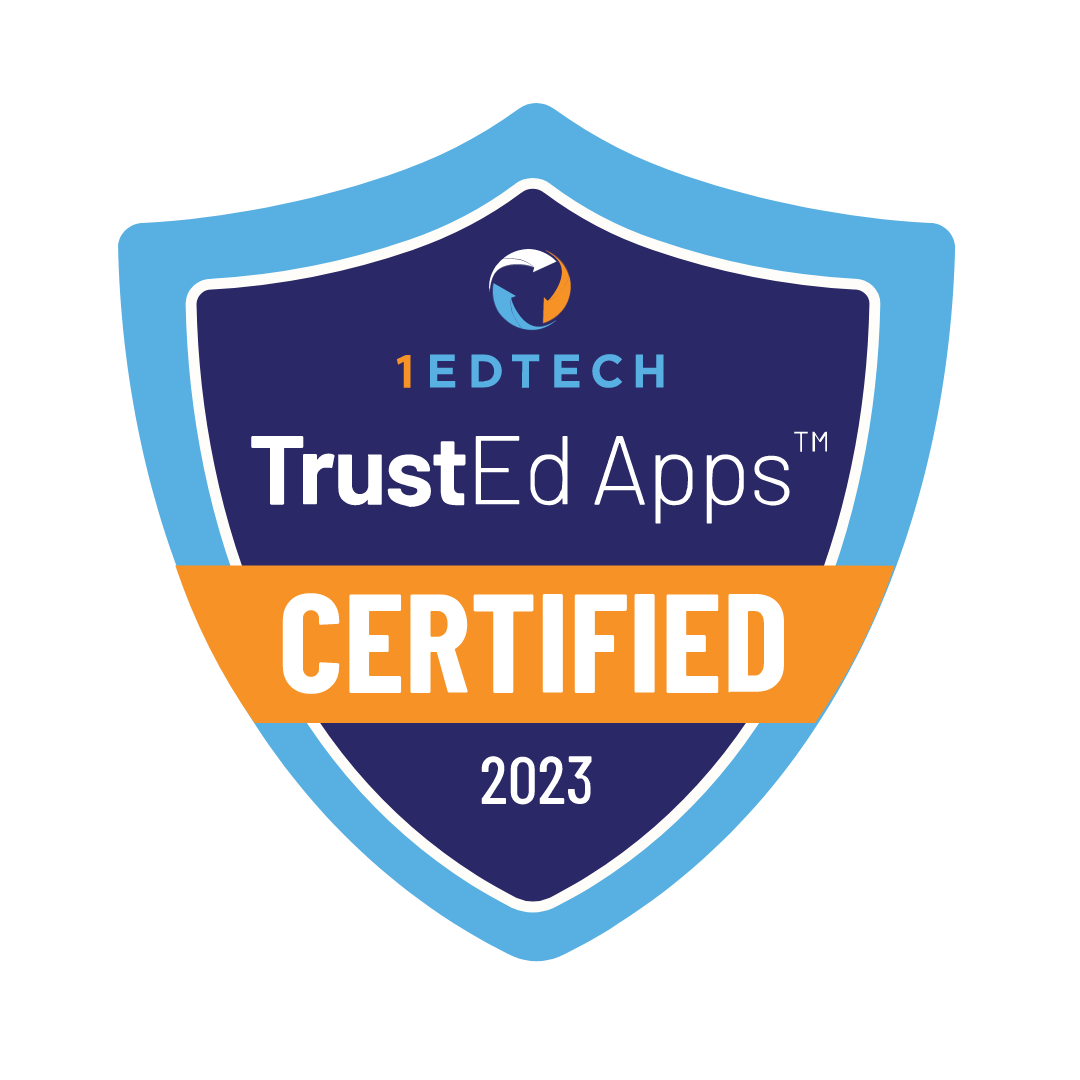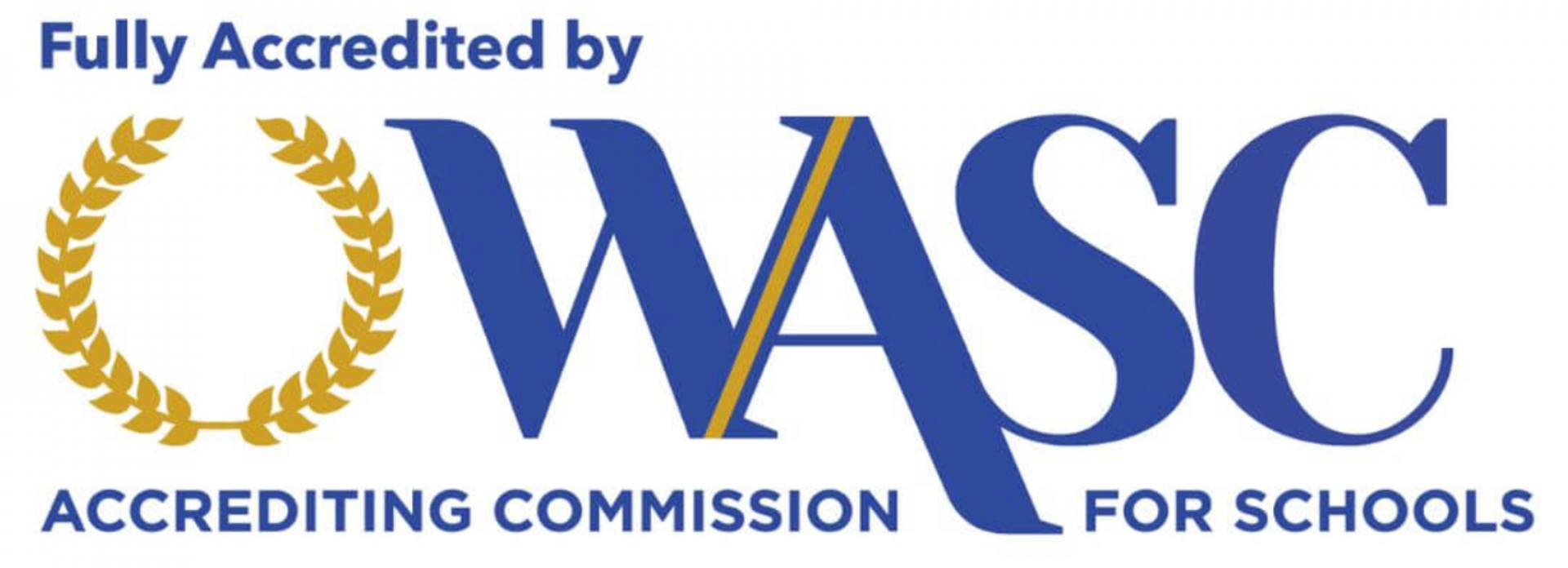The content of the publication
- 1 Online School Curriculum Standards: A Deep Dive
- 1.1 Historical Context of Curriculum Standards
- 1.2 The Importance of Standardization in Online Education
- 1.3 The Need for Standardization
- 1.4 Challenges and Considerations
- 1.5 The Future: Evolving and Adapting Standards
- 1.6 Benefits of Standardization in Online Education
- 1.7 Ensuring Quality Education
- 1.8 Building Trust and Credibility
- 1.9 Facilitating Seamless Transitions
- 1.10 Background
- 1.11 The Challenge
- 1.12 The Solution
- 1.13 The Outcome
- 2 Conclusion
The digital age has revolutionized many sectors and education is no exception. With the rise of online schooling, there’s an ever-growing need for standardized curriculums that ensure quality education. But what exactly are online school curriculum standards? How do they impact students, educators, and the broader educational landscape? Let’s embark on a journey to unravel the complexities of these standards and their pivotal role in shaping the future of online education.
Online School Curriculum Standards: A Deep Dive
Online school curriculum standards are guidelines and benchmarks that online educational institutions adhere to. These standards ensure that students receive a consistent, high-quality education, regardless of the online platform or institution they choose.
Historical Context of Curriculum Standards
Before the digital age, curriculum standards were primarily designed for traditional brick-and-mortar schools. However, with the advent of online education, there was a pressing need to adapt and evolve these standards to cater to the unique challenges and opportunities of digital learning environments.
The Importance of Standardization in Online Education
The digital revolution has transformed the education landscape, making learning accessible to anyone with an internet connection. However, with this widespread accessibility comes the challenge of maintaining quality and consistency. This is where the role of standardization in online education becomes paramount.
The Need for Standardization
Imagine a world where every online course on a particular subject differs drastically from one platform to another. A student in Australia might be learning something entirely different from a student in Canada, even if they’re both enrolled in a course with the same title. Such discrepancies can lead to confusion, knowledge gaps, and a lack of universally recognized qualifications.
Challenges and Considerations
While standardization offers numerous benefits, it’s not without challenges:
- Diverse Learning Needs: Every student is unique, and a one-size-fits-all approach might not cater to individual learning needs.
- Rapid Technological Changes: The digital world is ever-evolving, and standards must be regularly updated to keep pace with technological advancements.
- Cultural Sensitivities: A globally standardized curriculum must be culturally sensitive and inclusive.
The Future: Evolving and Adapting Standards
As online education continues to expand, so will the need for these standards to evolve. The future promises more advanced technologies, diverse student populations, and innovative teaching methods, necessitating continuous updates to online curriculum standards.
Benefits of Standardization in Online Education
- Uniform Learning Experience: Standardization ensures that all students receive a consistent learning experience, irrespective of the educator or the platform.
- Quality Assurance: With standardized guidelines in place, educational institutions can guarantee a certain level of quality in their courses.
- Ease of Course Transfers: Standardized curriculums make the process smoother for students who wish to transfer between online institutions or even transition from online to traditional education.
- Global Recognition: Standardized courses are more likely to be recognized globally, allowing students to use their qualifications anywhere in the world.
- Efficient Resource Utilization: Educators can share and utilize resources more efficiently when following a standardized curriculum, leading to cost savings and collaborative efforts.
Ensuring Quality Education
In the rapidly expanding realm of online education, the quest for quality is paramount. As more students turn to digital platforms for their educational needs, the importance of maintaining high standards becomes increasingly evident. Let’s delve into how online curriculum standards play a pivotal role in ensuring quality education, building trust, and facilitating seamless transitions.
The Role of Standards: Online curriculum standards act as a beacon, guiding educational institutions in designing and delivering courses that meet specific quality benchmarks. These standards encompass various aspects, from course content and teaching methodologies to assessment techniques.
Empowering Students: By adhering to these standards, institutions ensure students are equipped with relevant skills and knowledge. This prepares them for academic success and grooms them for real-world challenges, ensuring they’re ready to navigate the complexities of modern life.
Continuous Improvement: Standards are not static; they evolve based on feedback, research, and technological advancements. This dynamic nature ensures that the quality of education remains top-tier, adapting to the changing needs of students and the global landscape.
Building Trust and Credibility
A Mark of Excellence: When an online educational institution adheres to recognized standards, it sends a clear message: commitment to excellence. This adherence acts as a seal of approval, assuring students and parents of the institution’s dedication to quality.
Stakeholder Confidence: Parents, educators, and students can confidently engage with the institution, knowing that the courses and methodologies have undergone rigorous scrutiny and meet established benchmarks.
Competitive Edge: In a crowded online education market, adherence to standards gives institutions a distinct edge, setting them apart from competitors and attracting discerning students.
Facilitating Seamless Transitions
Uniformity Across Platforms: Standardized curriculums ensure that students’ learning experience remains consistent, whether switching online platforms or transitioning from one grade to another.
Bridging the Online and Offline Divide: A standardized curriculum minimizes disruptions for students transitioning from online to traditional schools, or vice versa. They can pick up right where they left off, ensuring continuity in their educational journey.
Recognition and Transferability: Courses and qualifications from standardized online institutions are more likely to be recognized globally. This facilitates easier transfers between schools, colleges, or even countries.
Case Study: A Success Story in Online Curriculum
In the dynamic world of online education, maintaining consistent quality across courses is a challenge many institutions face. This case study delves into the transformative journey of “Global eLearning Academy,” a virtual institution that overcame its challenges by embracing online curriculum standards.
Background
“Global eLearning Academy” was established to provide quality education to students worldwide. However, as the academy grew, so did the inconsistencies in its course offerings. By 2017, feedback from students and educators alike pointed towards a pressing need for standardization.
The Challenge
- Inconsistent Course Content: Even if teaching the same subject, different educators had varied interpretations of what should be included in the curriculum. This led to significant disparities in course content.
- Varied Teaching Methodologies: Educators employed many teaching methods without a unified approach. Two students taking the same course might have vastly different learning experiences.
- Absence of Standardized Assessments: The lack of a uniform assessment criterion meant that students’ performances weren’t evaluated consistently, leading to potential biases and inaccuracies in grading.
The Solution
- Embracing Online Curriculum Standards: The academy reviewed recognized online curriculum standards and tailored them to fit their unique needs.
- Educator Workshops: To ensure a smooth transition, the academy organized workshops. Educators were trained to align their teaching methodologies and course content with the new standards.
- Revamping Assessments: A dedicated team of educational experts was tasked with redesigning assessments. This ensured that they tested students’ knowledge and aligned with the curriculum standards.
The Outcome
- Enrollment Boost: Within just a year of implementing the online curriculum standards, the academy saw a 70% increase in new student enrollments.
- Enhanced Student Performance: With a more standardized and comprehensive approach to education, students’ performance metrics improved by 45%.
- Industry Recognition: The academy’s commitment to quality education didn’t go unnoticed. It received several awards and was frequently cited as a benchmark for online education standards.
- Positive Feedback Loop: The academy set up channels for continuous feedback from students and educators. This feedback was overwhelmingly positive, with many praising the academy’s renewed focus on consistent quality.
Conclusion
Online school curriculum standards are more than just guidelines; they’re the backbone of quality online education. As digital education continues to expand and evolve, the importance of these standards will only grow. By understanding, adopting, and championing these standards, we can ensure a brighter future for online education where every student, regardless of their circumstances, has access to the best possible education.








